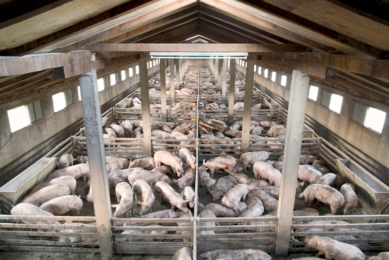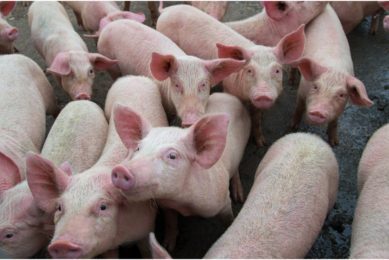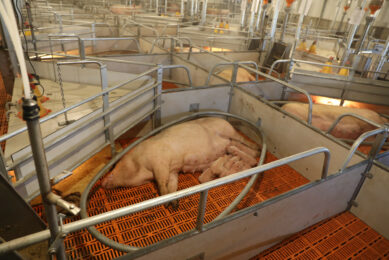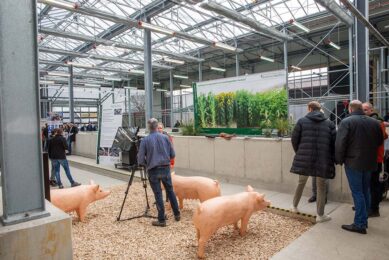Australians connect new bacteria to lung disease in pigs
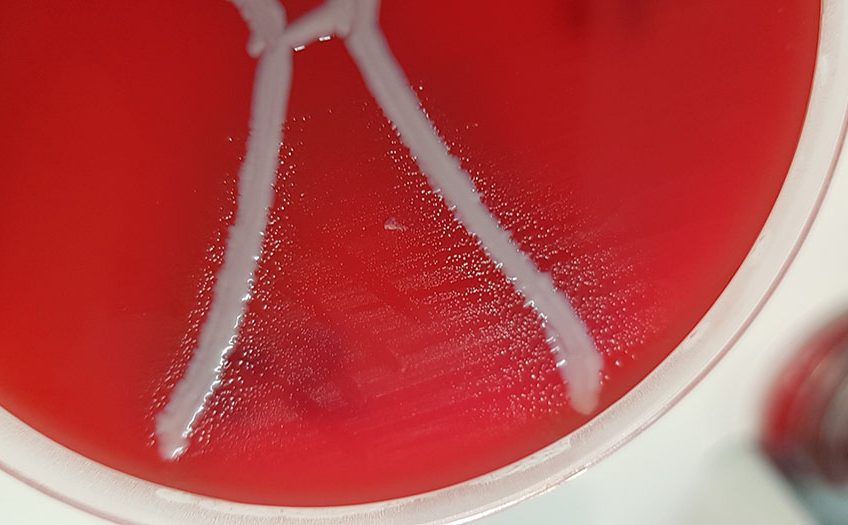
Australian researchers have discovered that a previously recognised bacterium is responsible for the signs of lung disease found in pig carcasses, rather than a similar, internationally recognised infection that the animals had been vaccinated against.
In an article on the website of the The University of Queensland, the new bacteria is introduced as Glaesserella australis. It took some time to have the process of describing and naming the new species, because the discovery occurred at the same time that the closest known relative to the new organism, Haemophilus parasuis, was being renamed ‘Glaesserella’ by US researchers. Once the new genus was formally recognised in 2019, G. australis was announced as new species.
New species also causes porcine pleuropneumonia
The new species was long overlooked, the article explains. “Several years ago it was noticed that lesions, abscesses and pleurisy found in the lungs of pigs at abattoirs looked very similar to those associated with a known serious pig respiratory disease, porcine pleuropneumonia. This is caused by the bacterium Actinobacillus pleuropneumoniae, which was assumed to be the culprit, despite the fact that animals had had been fully vaccinated.”
Discovering new species
Australian Pork, the producing organisation promoting the Australian pork industry, invoked the help of researchers from the Queensland Alliance for Agriculture and Food Innovation (QAAFI). They discovered one new species and another potential new species of lung-infecting bacteria, which put to rest concerns that current vaccines simply were not working.
Another pig pathogen at work
In the article, project leader Dr Conny Turni said that when the unexplained signs of disease were found, it was in the same growth period in which porcine pleuropneumonia caused by A. pleuropneumoniae occured. As the pigs were vaccinated, either the vaccines were not working, or there was another pathogen at work causing a similar disease or in some way interfering with the efficacy of the vaccines.

On-farm effects of G. australis
Dr Turni said G. australis is associated with 2 disease scenarios. One occurs where there are no apparent clinical signs of disease on-farm, but at the abattoir the carcass has lesions and abscesses in the lungs that are very similar to those caused by A. pleuropneumoniae. In the other disease scenario G. australis causes clinical signs in pigs on-farm, at 12-20 weeks of age, with some cases being fatal.

Read more about pig health in the Pig Progress health tool
Diagnostic assay being validated
Dr Turni said continuing research into G. australis has led to a diagnostic assay that is currently being validated. This involves testing 26 G. australis isolates, 15 reference strains and one field isolate of A. pleuropneumoniae, 16 reference strains for another bacterium (Pasteurella multocida) that causes respiratory disease, and another 47 strains and field isolates representing 12 genera and 26 species of similar bacteria.
Prevalence determination of new pig lung bacteria
To determine the prevalence of G. australis, the researchers sampled lungs with lesions, abscesses and pleurisy from 23 farms in New South Wales, 43 in Queensland, one in South Australia and 27 in Victoria. These data are still being analysed.
Nasal and tonsil swabbing
For future on-farm diagnosis, the research team is investigating the potential for nasal and tonsil swabbing to see if this will detect the bacterium in live pigs, which would simplify control and management of the disease. In addition, the project is examining methods to determine the antimicrobial sensitivity profile of G. australis isolates to help the industry develop targeted, effective treatment programmes.




